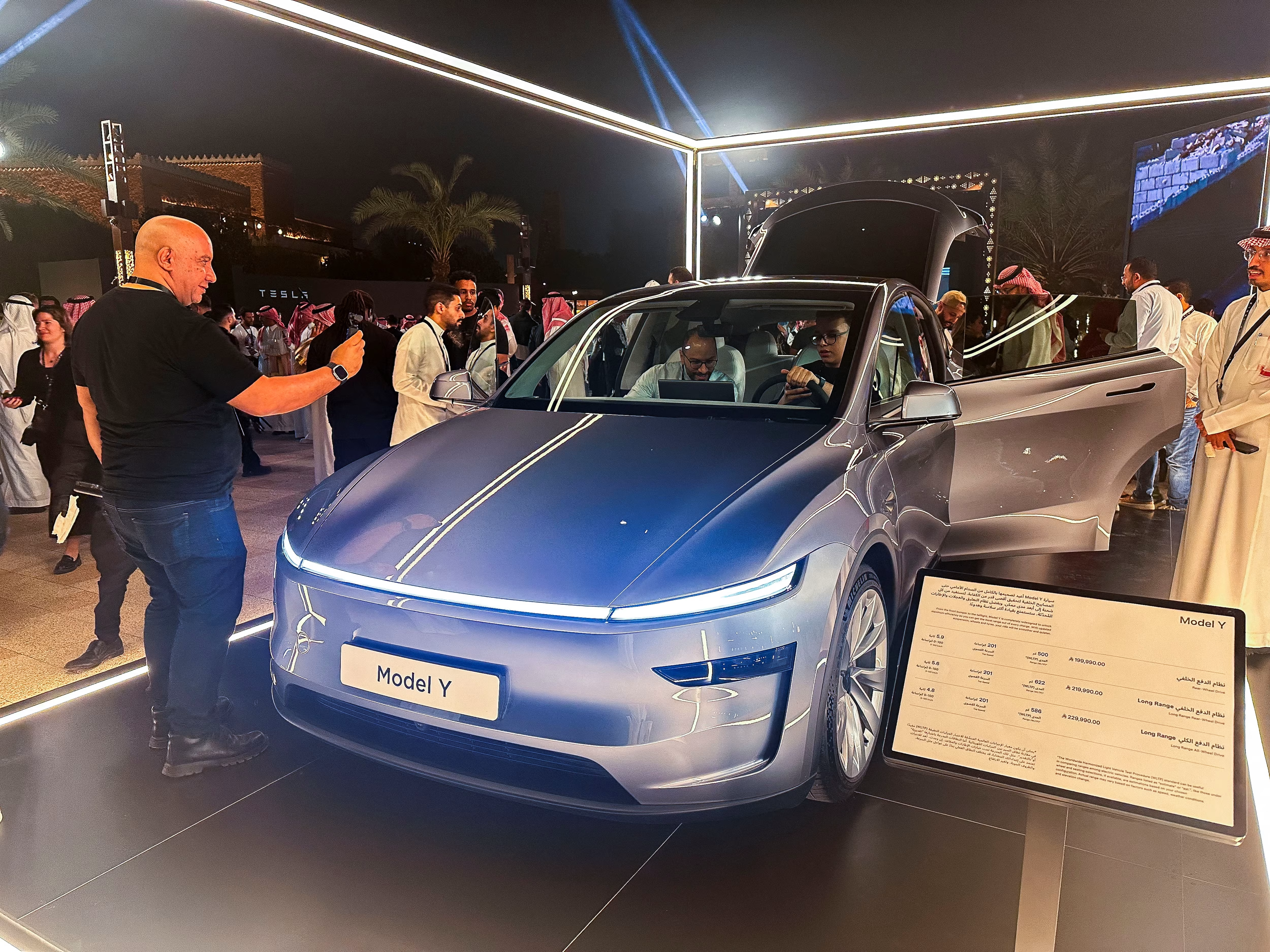Tesla's Autonomous Delivery Milestone: A Deep Dive into the Future of Vehicle Logistics
Well, folks, it happened. On June 27, 2025, Elon Musk dropped a little bombshell on X, announcing that Tesla had completed its first fully autonomous delivery of a Model Y. From the factory floor in Giga Texas straight to a customer's home across town, all without a human touching the wheel. And get this: it was a day ahead of schedule. Isn't that something?
For those of us who've been watching the autonomous vehicle space for years, this isn't just another FSD Beta update. This is a significant, tangible step forward, demonstrating a level of maturity in Tesla's Full Self-Driving technology that many have doubted was possible in the near term. It's one thing to navigate a test track or even a pre-mapped route; it's quite another to deliver a brand-new vehicle to a customer's driveway, autonomously, across a city.
Unpacking the Autonomous Journey: What Made This Delivery Different?
So, what exactly went down? We're talking about a Model Y making its way from the sprawling Giga Texas facility to a customer's residence in Austin. The key here is "fully autonomous." This wasn't a supervised drive with a safety driver ready to intervene. This was the car, on its own, navigating public roads, including stretches of highway where it reportedly hit speeds up to 72 mph. Think about that for a moment. A car, fresh off the assembly line, driving itself to its new owner.
The Evolution of Tesla's Full Self-Driving Capabilities
To truly appreciate this milestone, we need to look at the journey. Tesla's Full Self-Driving (FSD) has been a topic of intense debate, excitement, and sometimes, frustration. From early promises to the incremental rollout of FSD Beta to a wider user base, it's been a long road. We've seen videos of FSD navigating tricky intersections, making unprotected left turns, and handling complex urban environments. More recently, Tesla even launched a robotaxi service in Austin, albeit with human oversight initially.
This autonomous delivery, however, feels like a different beast entirely. It moves beyond "beta testing" in the hands of consumers and into a practical, commercial application. It's a testament to the iterative development process, where millions of miles of real-world driving data, collected from Tesla's vast fleet, feed back into the neural networks, refining the system's capabilities. It's a continuous learning loop, and this delivery is a powerful demonstration of that learning bearing fruit. The sheer volume of data Tesla collects is, in my humble opinion, one of their biggest, often understated, advantages.
Technical Prowess: Vision-Only and Data-Driven
Tesla's approach to autonomy, relying primarily on cameras and neural networks (the "vision-only" strategy), has often been contrasted with competitors who lean heavily on LiDAR and radar. This delivery underscores the viability of Tesla's vision-centric paradigm. It suggests that with enough high-quality data and advanced AI, a camera-based system can indeed achieve robust autonomy in diverse real-world conditions. It's a bold bet, and it seems to be paying off.
Broader Implications for the Automotive and Logistics Industries
This isn't just about a single car delivery; the implications are far-reaching.
- Transforming Vehicle Logistics: Imagine a future where new cars simply drive themselves off the factory line, onto the road, and directly to dealerships or even customers' homes. This could drastically reduce the cost and complexity of vehicle transportation, eliminating the need for car carriers and the associated labor. Think about the efficiency gains. It's mind-boggling.
- Competitive Landscape Shift: While Waymo and Cruise have made significant strides in ride-hailing services within geofenced areas, Tesla's achievement in a factory-to-consumer delivery scenario highlights a different facet of autonomous capability. It positions Tesla as a formidable player not just in personal vehicles, but potentially in broader logistics and delivery services. The race for true Level 4/5 autonomy is heating up, and Tesla just put down a strong marker.
- Boosting Consumer Confidence: One of the biggest hurdles for autonomous vehicles is public trust. A successful, widely publicized autonomous delivery like this could go a long way in normalizing the idea of self-driving cars and building confidence among potential buyers. Seeing is believing, right?
The Road Ahead: Regulatory Frameworks and Scaling Up
Of course, one successful delivery, while monumental, doesn't mean fully autonomous vehicle logistics are ready for prime time across the globe. Regulatory frameworks are still a patchwork, varying wildly from state to state and country to country. Liability in the event of an accident remains a complex legal thicket. These are not trivial challenges.
This achievement will undoubtedly intensify discussions among policymakers and regulators about how to safely and effectively integrate autonomous vehicles into our transportation systems. It's a conversation that needs to happen, and frankly, it needs to happen faster. Tesla's next step will be to scale this capability, moving from a single successful delivery to a widespread, routine operation. That's where the real test begins, and it's where the rubber meets the regulatory road.
Conclusion: A Glimpse into Tomorrow's Mobility
Tesla's first fully autonomous Model Y delivery is more than just a headline; it's a tangible demonstration of progress in the autonomous vehicle space. It showcases the increasing sophistication of their FSD technology and offers a tantalizing glimpse into a future where vehicle ownership, logistics, and even urban planning could be fundamentally reshaped. While challenges remain, particularly on the regulatory front, this milestone undeniably marks a pivotal moment. We're not just talking about self-driving cars anymore; we're talking about self-delivering cars. And that, my friends, changes everything.
